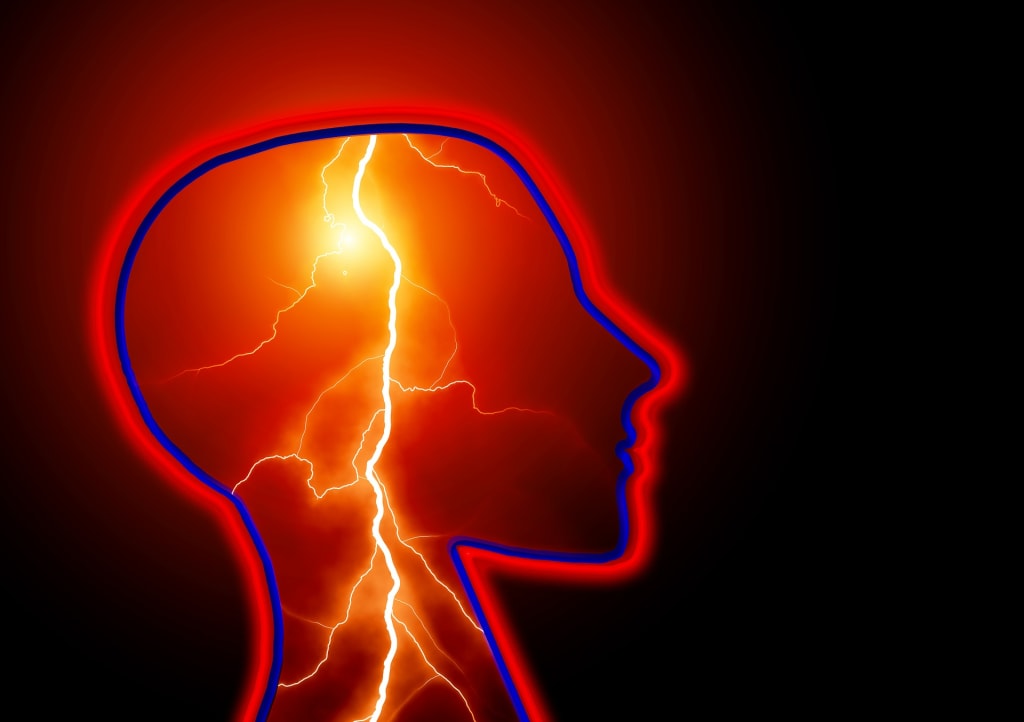
Seizures
A Babylonian tablet from almost three millennia ago described a strange illness known as miqtu.
The Babylonians believed those suffering from the condition were under the control of evil spirits and that only divine intervention could cure them. Symptoms reportedly ranged from facial twitching to full-body convulsions. We now have a name for the symptoms of miqtu, and modern medicine has created a wide range of seizure treatments. But a startling amount of mysteries still surround these old diseases.
Any set of symptoms brought on by excessive electrical activity in the brain is what doctors refer to as a seizure. There is a wide range of seizure symptoms outside of this shared feature, and researchers have identified numerous distinct seizure types. But every seizure starts here, regardless of the underlying conditions that trigger them. Around 400 BCE, Hippocrates recognized the brain as the cause of seizures.
This realization did not, however, immediately result in improved therapies. Generally speaking, the ancient Greeks suggested dietary changes and medicinal herbs. They occasionally used a method known as trepanation if they thought the seizure was brought on by skull bleeding. To allow blood to escape and lower pressure on the brain, this early procedure involved drilling a hole in the skull. Trepanation carried significant risks. But the next big advance in seizure treatment wouldn't come from science until the 19th century.
Two German scientists discovered that a dog's body could move when certain parts of its brain were stimulated with electricity in 1870. Other researchers found at about the same time that the nervous system and brain were linked by a network of cells called neurons that sent electrical signals all over the body. This proved that the brain serves as the primary regulator of the nerve impulses that direct our thoughts and movements.
Even better, this model demonstrated that abnormalities in that control center, such as misfiring neurons or excessive electrical activity, were the cause of seizures. Early research even offered the possibility that various seizure types and symptoms might be explained by various misfiring patterns. So, if seizures result from neurons firing improperly, how can doctors prevent this from happening?
Doctors like Sir Charles Locock proposed that sedative drugs might calm an overactive brain, and he later proved this theory by successfully treating seizures with potassium bromide. Others, like Sir Victor Horsley, believed that removing damaged brain tissue could prevent seizures in patients. In order to remove scarred brain tissue, he performed a craniotomy in 1886, temporarily removing a portion of the patient's skull.
Not only did his patient live, but his seizures also got better, sparking more surgical treatment research. Seizure therapies advanced quickly over the next 200 years. And today, there are dozens of seizure medications on the market that function with unheard-of specificity. Some more recent drugs can target particular proteins in the neuron to help regulate electrical activity. Additionally, cutting-edge brain imaging techniques occasionally enable medical professionals to precisely identify the regions of the brain that are causing a patient's seizures. Following that, surgeons perform targeted surgeries using this information.
Most seizure cases are effectively managed by doctors with the aid of these various treatments, enabling the majority of affected individuals to lead normal, comfortable lives. However, many seizures' underlying pathology continues to be a mystery. It is extremely challenging to pinpoint the exact cause of neuronal misfiring in situations where there is no obvious brain damage or specific kinds of pre-existing conditions. Additionally, it's not always obvious why certain treatments work. Even more puzzling are instances where seizures are resistant to current medications that control comparable seizure types.
These issues are still being researched by scientists, but it is clear what to do if you come across someone having a seizure. Never restrain a person who is having a seizure, put anything in their mouth, or attempt CPR on them. As an alternative, make every effort to prevent the person from falling or bumping their head, turn them onto their side to keep their airways open, and stay with them until help arrives.
About the Creator
Enjoyed the story? Support the Creator.
Subscribe for free to receive all their stories in your feed. You could also pledge your support or give them a one-off tip, letting them know you appreciate their work.






Comments
There are no comments for this story
Be the first to respond and start the conversation.